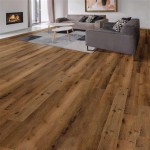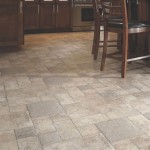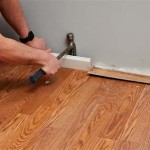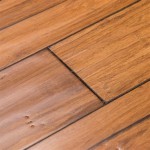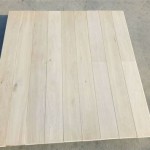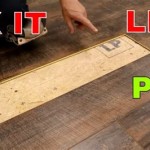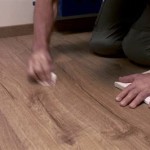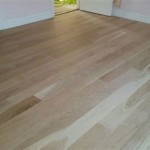Plastic Wood Flooring: A Comprehensive Guide to Its Intricacies
Plastic wood flooring has emerged as a compelling alternative to traditional flooring materials due to its exceptional durability, water resistance, and easy maintenance. Understanding its intricacies helps you make informed decisions and maximize the potential of this innovative flooring solution.
Composition and Manufacturing
Plastic wood flooring is primarily crafted from a combination of recycled plastic (polyethylene or polypropylene) and wood fibers (sawdust, wood flour, or bamboo dust). The manufacturing process involves melting the plastic and blending it thoroughly with the wood fibers. The resulting mixture is then formed into planks or tiles using a molding or extrusion method.
Advantages of Plastic Wood Flooring
Durability: Plastic wood flooring boasts exceptional durability, making it highly resistant to scratches, dents, and wear. Its long lifespan makes it a wise investment for areas with heavy foot traffic.
Water Resistance: Unlike natural wood, plastic wood is completely waterproof and highly moisture-resistant. This makes it ideal for areas prone to spills or moisture, such as bathrooms, kitchens, and basements.
Easy Maintenance: Plastic wood flooring requires minimal maintenance compared to traditional flooring options. Regular sweeping and mopping are sufficient to keep it looking pristine.
Versatility: Plastic wood flooring is available in a wide range of colors, textures, and designs, allowing for customization to complement any decor style.
Considerations for Plastic Wood Flooring
Environmental Concerns: The use of recycled plastic in plastic wood flooring is generally environmentally friendly. However, the manufacturing process can involve significant energy consumption.
Heat Resistance: Plastic wood flooring can become soft and damaged when exposed to extreme heat, making it unsuitable for areas with underfloor heating or direct sunlight.
Cost: Plastic wood flooring can be slightly more expensive than traditional flooring options, but its durability and longevity make it a cost-effective choice in the long run.
Installation and Maintenance
Installation: Plastic wood flooring is relatively easy to install. It can be installed directly over existing subfloors using a floating or glue-down method.
Maintenance: Regular sweeping and mopping are sufficient to maintain plastic wood flooring. Avoid using harsh cleaners or abrasive materials that could damage the surface.
Choosing the Right Plastic Wood Flooring
When selecting plastic wood flooring, consider the following factors:
- Traffic level and durability requirements
- Preferred color, texture, and design
- Moisture resistance needs
- Environmental considerations
- Installation method
By understanding the essential aspects of plastic wood flooring, you can make informed decisions and harness the benefits of this exceptional flooring solution to enhance your living spaces.

Laminate Flooring Types And S Forbes Home

Home Decorators Collection Larkmead Oak 12 Mm T X 7 6 In W Waterproof Laminate Wood Flooring 16 Sqft Case 56810 The Depot

Laminate Floor Guide Lowe S

Laminate Flooring The Home Depot

Wpc Flooring The Ultimate Guide Spectra Contract

Mode 8 In X 48 Color Summer Laminate Wood Flooring 21 26 Sq Ft Carton Com
Wood Plastic Composite Vs Luxury Vinyl Tile Warehouse Carpets

Engineered Flooring Vs Laminate Everything You Need To Know Forbes Home

Trafficmaster Silverton Oak 8 Mm T X 7 5 In W Water Resistant Laminate Wood Flooring 23 Sqft Case Tm5 The Home Depot

Wood Plastic Composite Flooring Wpc Jfj
Related Posts

